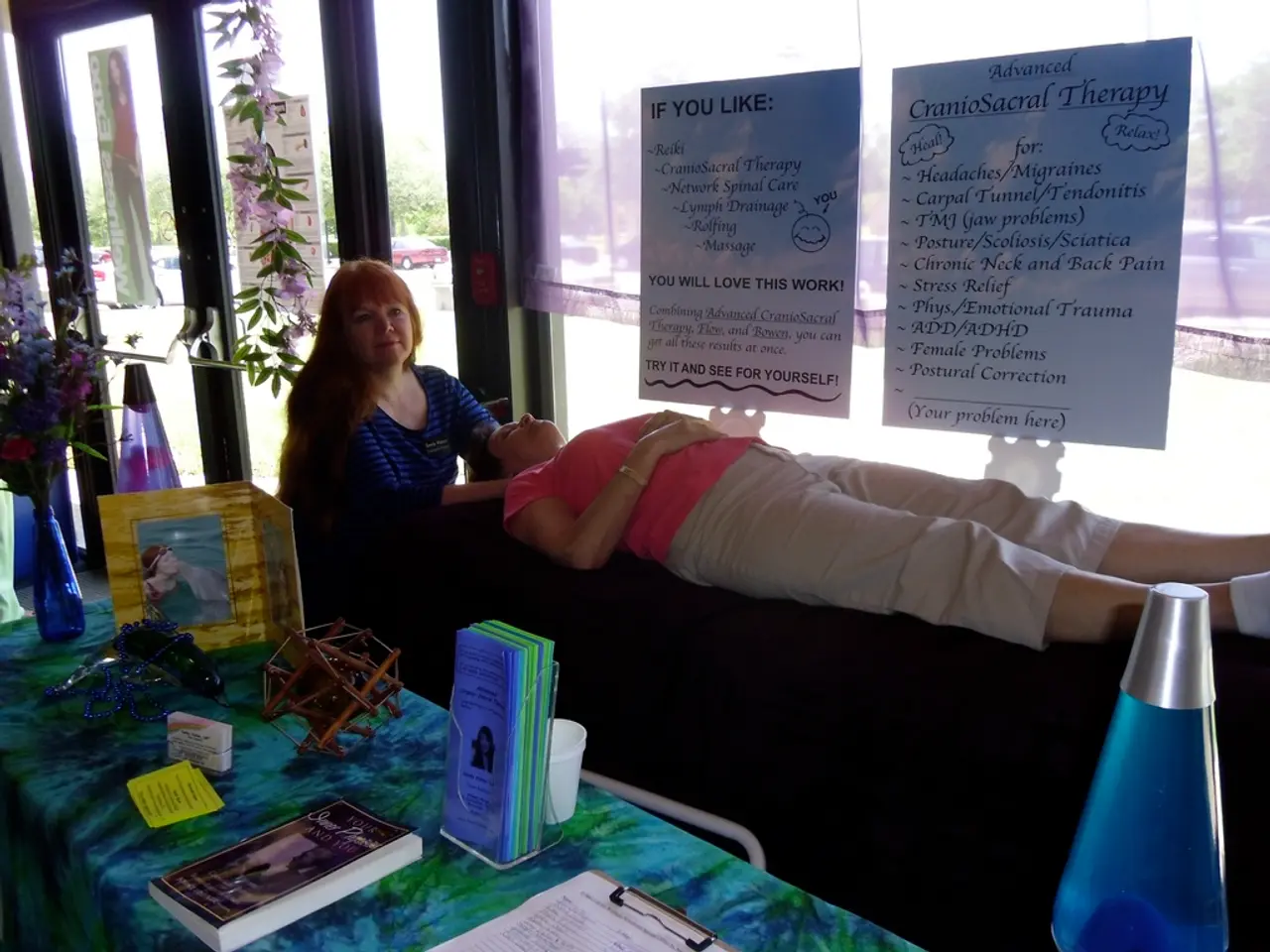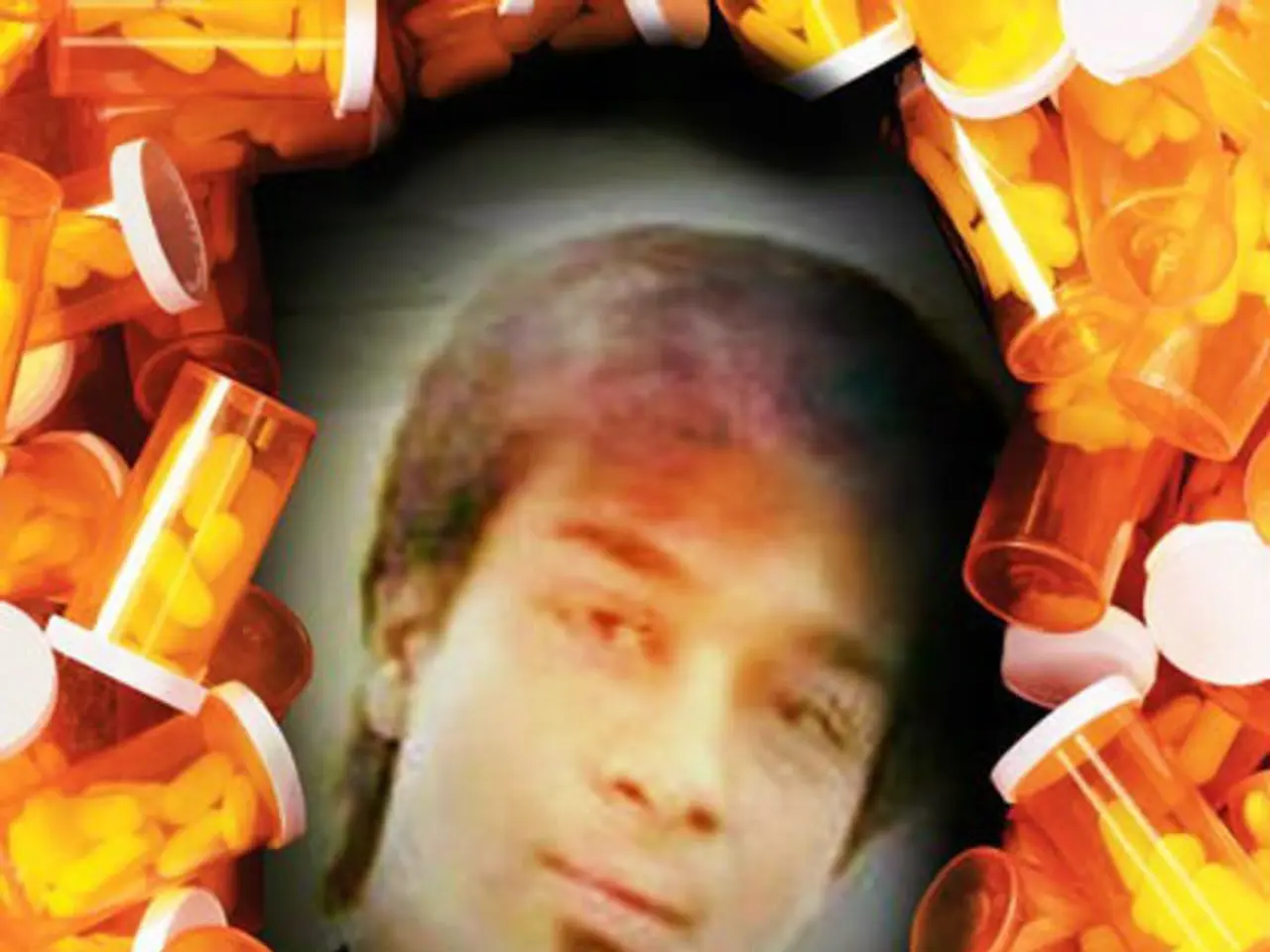Evolution of Depression Spanning the Last 75 Years
In the past seven decades, the understanding and treatment of depression have undergone a remarkable transformation. Initially, treatments like Electroconvulsive Therapy (ECT) were among the few options for severe depression, particularly in older adults. Today, the landscape of depression treatment is far more diverse, incorporating advanced pharmaceuticals, psychotherapy, and novel interventions.
The 1950s marked a pivotal decade in the treatment of depression with the discovery that a tuberculosis medication called Isoniazid seemed to help alleviate symptoms in some people. Since then, selective serotonin reuptake inhibitors (SSRIs) have become the preferred first-line drugs, especially in people aged 60 and older, with dosing adjustments to reduce side effects. Newer clinical trials are exploring psychedelic-assisted therapies, such as psilocybin combined with Cognitive Behavioral Therapy (CBT), for major depressive disorder.
Psychotherapeutic models have evolved to address not just symptom reduction but also existential and quality-of-life issues, particularly in aging populations. Existential group therapy, for instance, focuses on themes such as confronting life and death realities, embracing aging, and relational engagement to help older adults with psychological distress.
Historically, ECT has been used since the mid-20th century and remains a highly effective treatment for resistant depression, especially in elderly patients. Contemporary research shows response rates in older adults to ECT as high as 67%-90%, often outperforming younger cohorts, with improved cognitive outcomes and depression scores measured by scales like MADRS and MMSE.
Maintaining a healthy diet and weight, as well as regular exercise, are also important for those dealing with depression. These interventions are increasingly recognized for their mental health and antidepressant benefits.
Over the years, the Diagnostic and Statistical Manual (DSM) has evolved, with the DSM-I published in 1952, DSM-II in 1968, DSM-III in 1980, DSM-4 in 2000, and the latest version, DSM-5, published in 2013. These publications have contributed to more explicit definitions of depression, promoting more reliable clinical diagnosis.
It's worth noting that the term "depressive disorders" encompasses many subcategories, such as major depressive disorder, persistent depressive disorder, and substance/medication-induced depressive disorder. Research results from multiple studies show that depression is linked with lesser serotonin production.
In recent years, there has been a growing focus on scalable and accessible mental health interventions using digital and community-based platforms to address the global burden of depression. This shift reflects a move towards wider public health strategies beyond individualized care.
In conclusion, the treatment of depression has transitioned from primarily somatic therapies like ECT to a multifaceted approach that includes safer, targeted pharmacotherapy, evidence-informed psychotherapy (including existential and cognitive-behavioral therapies), and innovative treatments under rigorous clinical evaluation, with special attention to age-specific needs and existential well-being.
[1] Montgomery SA, Aas U, Anderson IM, et al. (2016). The Montgomery-Asberg Depression Rating Scale (MADRS) in elderly patients with depression: a systematic review. BMC Psychiatry 16, 313.
[2] Yalom, I. D., & Leszcz, M. (2005). The theory and practice of group psychotherapy. Basic Books.
[3] Griffiths, R. R., Johnson, M. W., Carducci, M. A., Umbricht, A., & Jesse, R. (2017). Psilocybin for depression: A review of the evidence. Journal of Psychopharmacology, 31(1), 129-138.
[4] Cuijpers, P., van Straten, A., Andersson, G., & van Oppen, P. (2019). E-therapy for depression: a systematic review and meta-analysis of randomized controlled trials. World Psychiatry, 18(3), 205-217.
[5] American Psychiatric Association. (2013). Diagnostic and statistical manual of mental disorders (5th ed.). Arlington, VA: American Psychiatric Publishing.
Science has shown that maintaining a healthy diet, exercise, and adhering to a regular regimen can improve mental health and ameliorate symptoms of depression (health-and-wellness). As our understanding of depression advances, new treatment options are being developed, such as psychedelic-assisted therapies for major depressive disorder (medical-conditions). This shift in mental-health focus not only includes individualized care but also scalable and accessible interventions using digital and community-based platforms (health-and-wellness).




